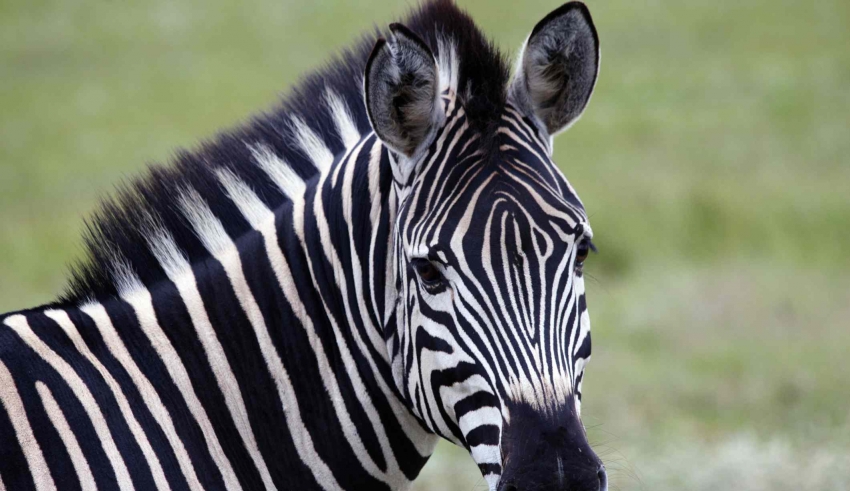
Dr. Sapolsky: Yes, we are dealing with the amygdala, with fear and anxiety, or what is called the limbic structure or emotional part of the brain. Then you’ve got the frontal cortex, which has this huge job of regulating the amygdala (managing our responses), making executive decisions. There is a huge inhibitory projection from the frontal cortex to the amygdala. So, during stress, both hippocampal function and pre-frontal cortical function are impaired, including neurons, which are then susceptible to structural atrophy.
So, what you’ve got then is a frontal cortex that’s not as good at doing its job directing the amygdala, managing our emotion reactions. One of the consequences is that – no surprise! – people under stress make dumb-ass decisions as to what counts as a good idea at the time. That is the result of the frontal cortex not having the reins on the amygdala. Translated, I think, in the cognitive behavioral therapy world, that’s a cognitive distortion. Normally, we have the frontal cortex doing its job signaling and saying, “Yes, you, the Amygdala, are hysterical and hyperactive at this time because of the trauma. But you know what? This is not the same situation. This is not so bad.” Instead, the brain concludes, “Because I was abandoned once, I’ll always be abandoned.” Or “That way always produces a disaster.” We over-generalize stuff, and it makes sense at the time—at least in that context.
Marcia Reynolds: Then we spend our energy rationalizing the “dumb-ass decisions” to try to lessen the possibility of another stress-creating situation.
Dr. Sapolsky: Yes, because not only does the frontal cortex have a lot to say to the amygdala, the amygdala has a lot to say to the frontal cortex. And what’s happening there is a boosting of the emotional response. You’ve just tilted the see saw; totally in the direction of emotion-driven decision-making and some pretty unconstrained, unrealistic emotion, even by the most “logical” people.
Marcia Reynolds: I would like to look a little deeper at learning and emotions. In the book, Why Zebras Don’t Get Ulcers, you indicated there must be emotions for learning to occur, that the brain has to feel that something is worthy of being remembered for the potentiation to happen. So, there are good emotions we can tap into that do not cause long-term stress when dealing with learning and memory, correct?
Dr. Sapolsky: Absolutely, this goes back to stimulation. Someone who found out that their whole family just got killed in a car accident and someone who just found out that their cancer was misdiagnosed and is going to live… their hearts are going to do similar things in both cases. The physiology of extreme arousal is the physiology of extreme arousal. So, stress hormones couldn’t care less what your hearts beating faster about. Their job is to make sure your heart doesn’t run out of energy in order to deal with the situation.
Marcia Reynolds: What about in the classroom. It seems that people might respond positively, saying, “This is great stuff,” but then nothing happens afterward. Part of our quest is to learn under what circumstances does what we hear imbed in memory. In organizations, can we help people to learn and grow without creating stressful situations?
Download Article















